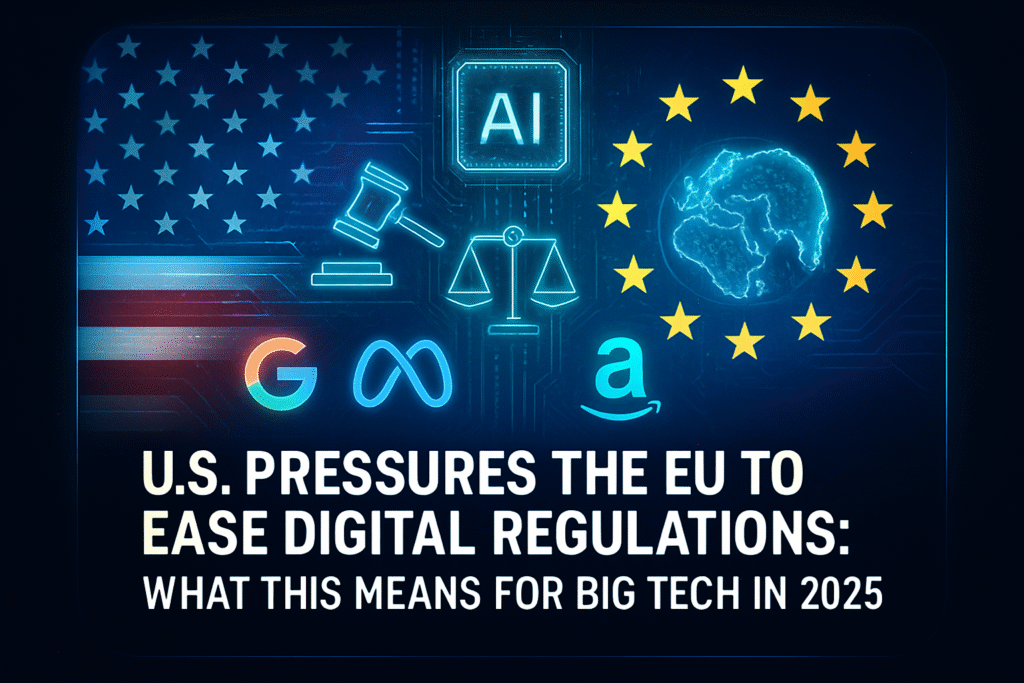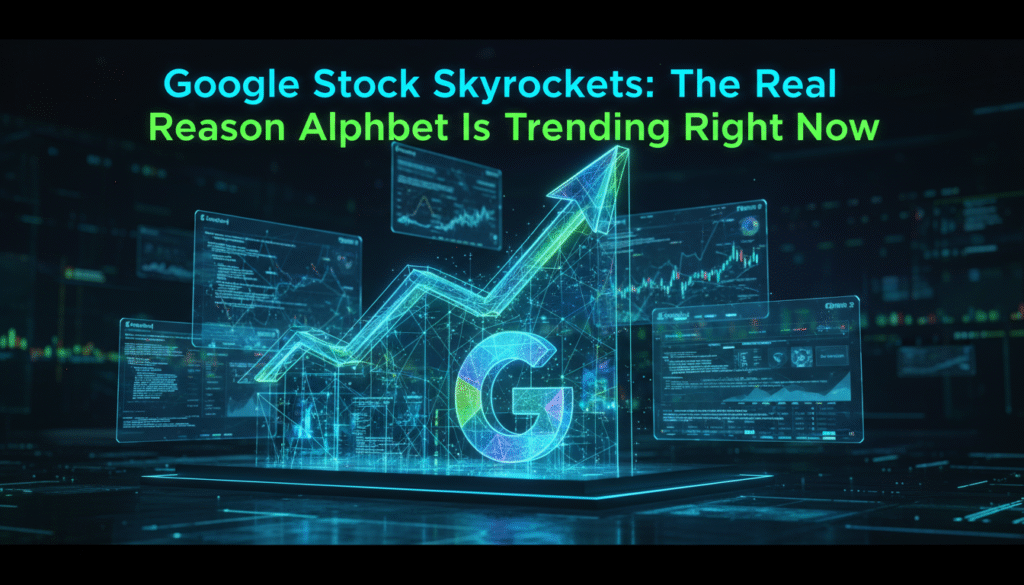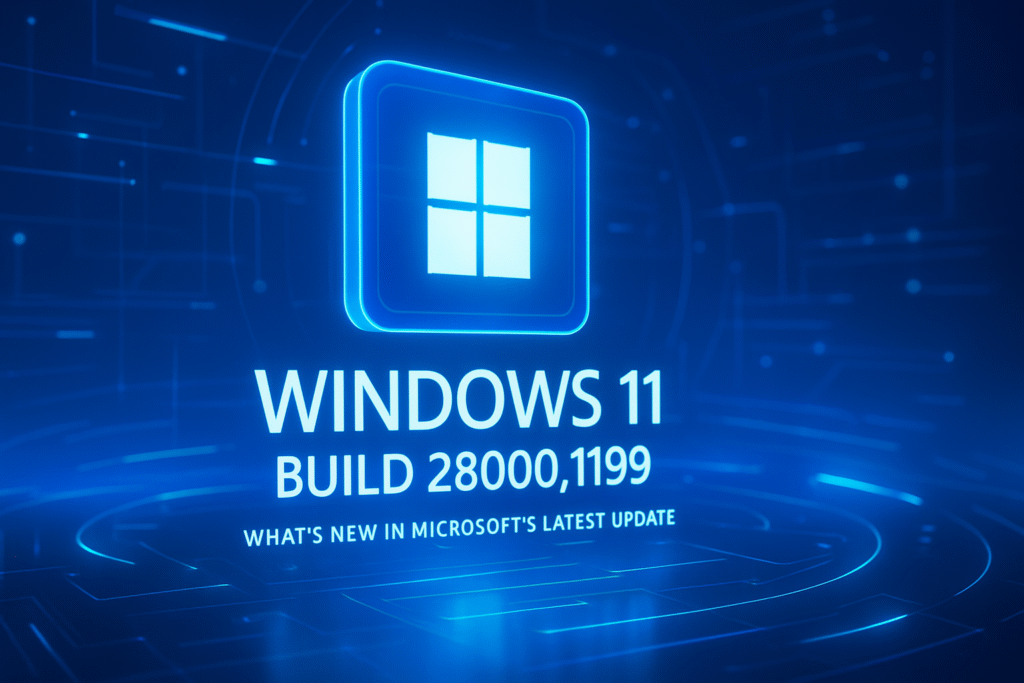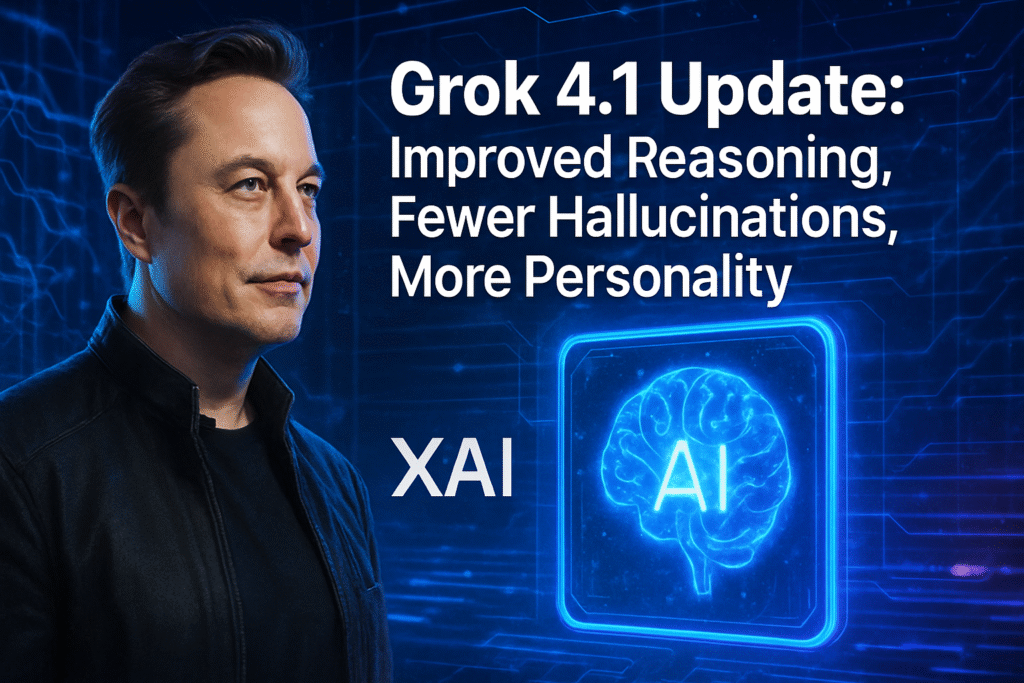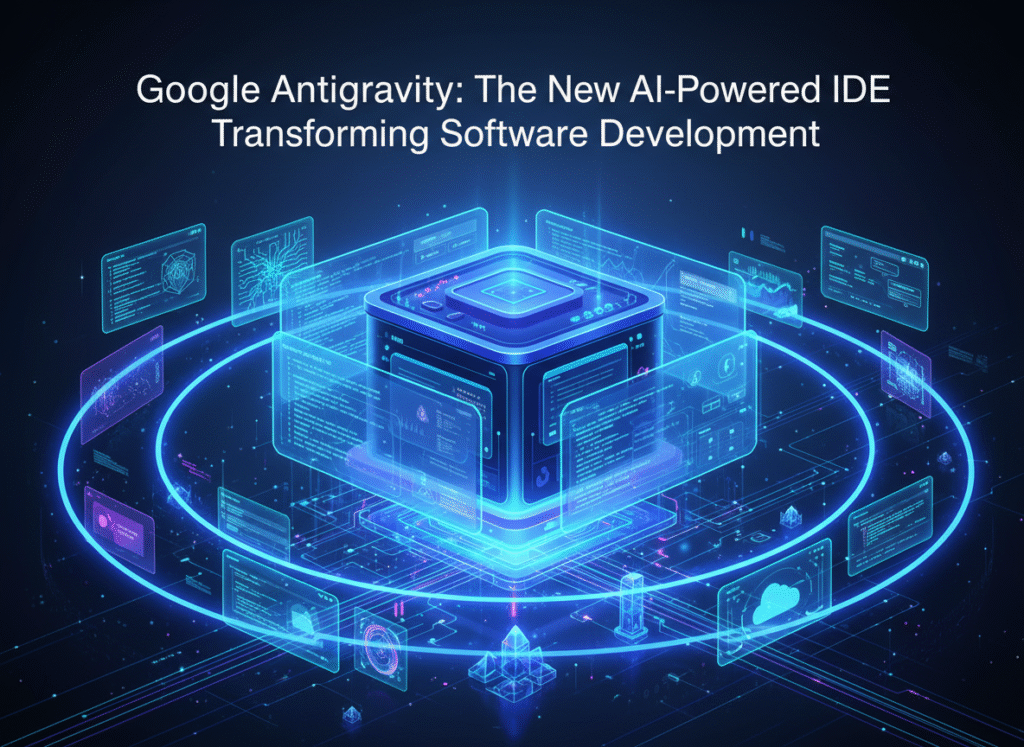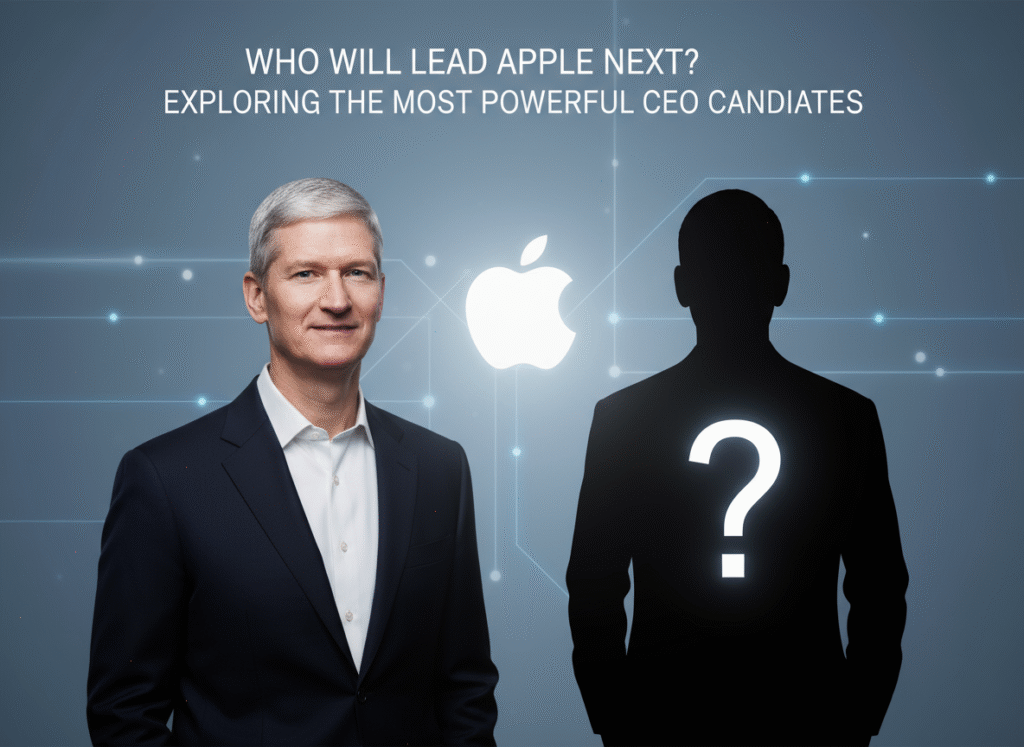At Google I/O 2025, Google unveiled Beam, an innovative 3D video conferencing platform that aims to transform remote communication. Beam builds upon Project Starline and uses artificial intelligence and light-field displays to project realistic images of people—without the need for headsets or glasses. A true technological leap forward.
What Makes Beam So Special?
📸 Volumetric Capture with Six Cameras
Beam uses an array of six cameras to capture video at 60 fps from multiple angles. Then, AI-powered volumetric models process the data to reconstruct a real-time 3D image.
🖥 Light-Field Display — No Glasses Required
The system projects the image on a light-field screen that creates a natural sense of depth, allowing users to maintain eye contact and move their heads without distorting the image.
🌐 Cloud AI & Real-Time Translation
Beam offloads the heavy AI processing to Google Cloud, reducing local device requirements. It also includes real-time voice translation, preserving tone, expression, and natural flow.
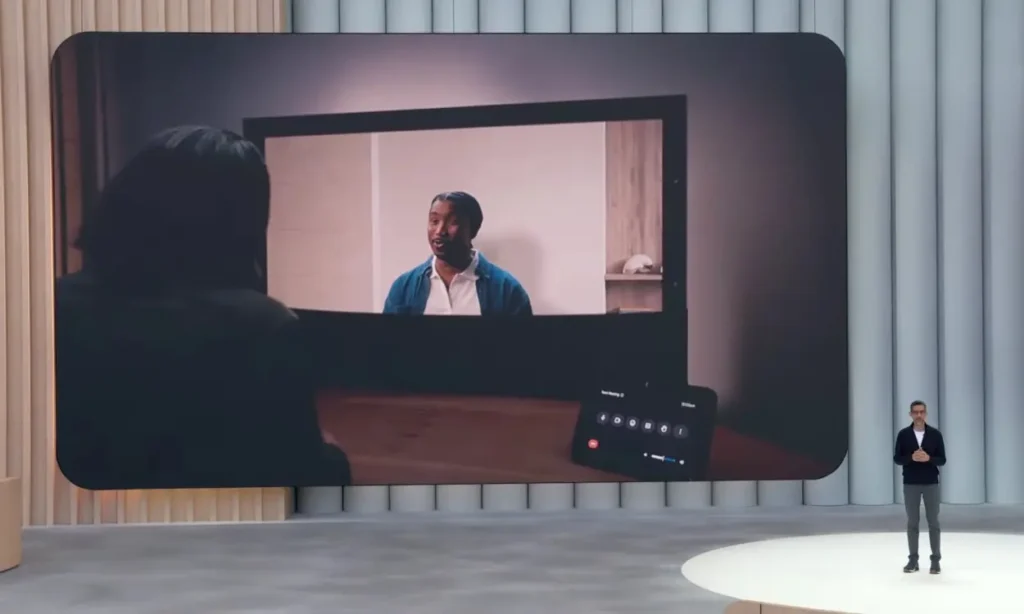
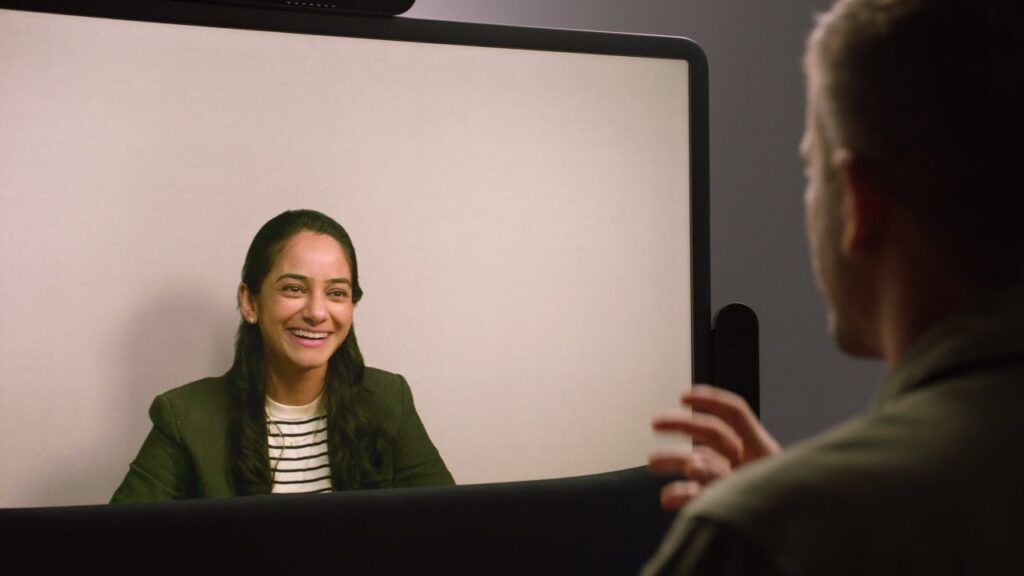
Key Benefits
- True Presence: Simulates an in-person conversation with realistic facial expressions and eye contact.
- Reduced Virtual Fatigue: Studies show Beam users feel less tired and more focused compared to traditional 2D calls.
- Global Communication Without Barriers: Communicate naturally across languages thanks to live translation.
Hardware & Early Adopters
- HP Dimension: The first device built for Beam, featuring a 65″ light-field display, six-camera system, spatial audio, and starting at $24,999.
- Initially available in the U.S., Canada, Europe, and Japan later this year.
- Early adopters include Salesforce, Deloitte, Duolingo, Citadel, NEC, and others.
What’s Next for Consumers?
- Currently focused on enterprise environments, Google plans to miniaturize and reduce costs for home use in the future.
- Upcoming integration with platforms like Zoom, Google Meet, and major AV partners like Diversified and AVI-SPL.
Potential Challenges
- High Cost: Specialized hardware and cloud processing come at a premium.
- Advanced Setup: Requires significant space, lighting, and high-speed connectivity.
- Digital Divide: Currently accessible only to large organizations, not SMBs or general users.
Conclusion & Editorial Take
| Aspect | Insight |
| Innovation | Light-field + AI technology offers a truly immersive communication experience. |
| Use Cases | Ideal for fields where non-verbal cues matter: healthcare, education, consulting. |
| Outlook | As the tech matures, it may reach a broader consumer base. |
Is this the end of flat video calls? How will this shift impact how we work, teach, and connect?
For more information go to Google Beam
